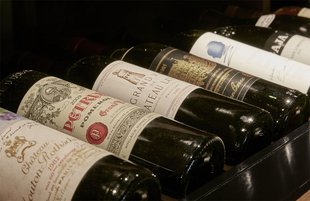Debunking 8 Wine Investing Myths That Cost You Time & Money!
Wine investment is quite rewarding and lucrative - it’s less volatile than traditional assets and offers attractive returns on investment.
However, some common wine investing myths often scare off many potential investors.
In this article, we’ll uncover and debunk all the common wine myths. From there, we’ll explore why you should invest in fine wine and how Vinovest can make it easy for you.
Further reading
- Discover everything about Wine Investment in this detailed guide.
- Also, be sure to explore the top 10 Most Expensive Wines in the world.
Debunking The 8 Most Common Wine Investing Myths
Here are all the common wine investing myths you should ignore, and why:
- Only The Rich Can Invest in Wine
- You Need To Be a Wine Expert To Invest in Wine
- You Can Only Invest in Bordeaux Wines
- Wine Investment Is Highly Volatile
- Fine Wine Never Performs Better Than Other Investment Options
- Wine Investment Will Make You Rich Overnight
- Fine Wine Investment Is For Older People
- Wine Investment Is a Complicated Process
1. Only The Rich Can Invest in Wine

This might have been true a few years ago. However, that’s because one of the most prominent barriers to wine investment used to be storage facilities.
For example, if you want to build a proper wine cellar, this could cost you around $15,000 to $180,000.
Fortunately, modern wine investment platforms, like Vinovest, store your wine in a bonded warehouse at affordable costs.
Such investing platforms have opened up wine investing to anyone who has as little as $1,000. You also don’t have to be ultra-rich or well-connected to attend auctions, be invited to tastings, or build a wine portfolio.
In that sense, Vinovest makes wine investment easily accessible!
2. You Need To Be a Wine Expert To Invest in Wine
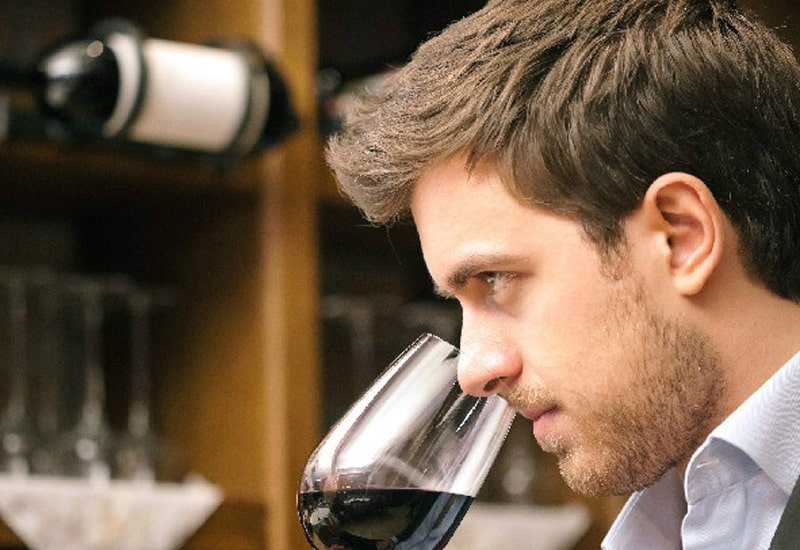
You don’t need to be an experienced wine collector to invest in fine wine.
Reputable wine investment platforms will give you all the information you need about your investment-grade bottles. You’ll discover your wine in detail - the grape variety used, its aroma, flavor, region, alcohol content, and other factors like the cork closure used on the finished wine.
Wine investment platforms will also build your portfolio with wines that are in high demand - especially the bottles that receive high scores from wine critics like Robert Parker.
3. You Can Only Invest in Bordeaux Wines
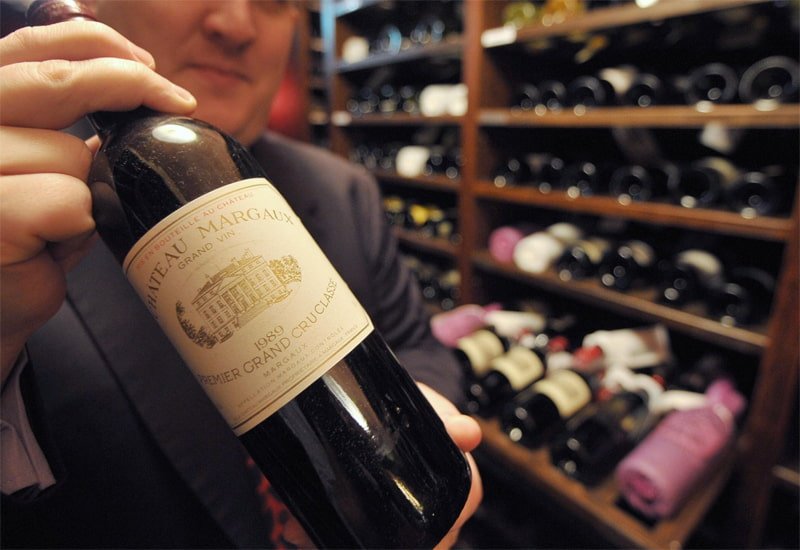
There’s no denying that Bordeaux wine bottles hold a significant share of the fine wine market. In fact, Bordeaux wine sales in the US hit an all-time high in 30 years - the sales increased by 67% in 2021.
However, Bordeaux is no longer the only wine region that produces investment grade wine bottles. For example, white and red wine bottles from the Rhone Valley, Napa Valley, Burgundy, Champagne, and other famous wine regions also offer splendid returns.
Also, some New World wine regions like New Zealand produce the finest investment-worthy wines.
4. Wine Investment Is Highly Volatile
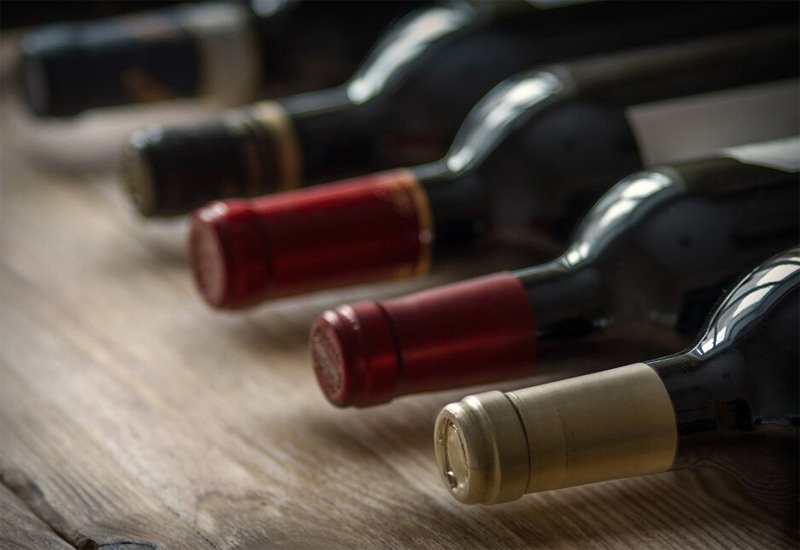
Wine investment isn’t highly volatile. In fact, fine wine shows lower volatility in returns compared to other assets.
For example, during the market fluctuations of the 2020 Covid pandemic, the Dow Jones and S&P 500 stock markets dropped by 25%. Meanwhile, the Liv-ex 1000 index (which tracks 1,000 wines on the global fine wine market) only fell by 4%.
So, since wine investment has no correlation to the stock market, it’s quite a stable investment option.
5. Fine Wine Never Performs Better Than Other Investment Options

Wine investment offers consistent returns and usually performs better than other investment options!
For instance, the Liv-ex 100 index (which tracks the 100 wines that are in high demand) rose by 23% in 2021 - outperforming gold and other mainstream equities. Meanwhile, the FTSE 100 index (Financial Times Stock Exchange) rose by merely 14.3% in 2021.
The fine wine benchmark index (23.0%) was also far greater than the stock markets such as the Dow Jones Industrial (18.7%) and Nasdaq (21.4%) in 2021.
The Knight Frank Luxury Investment Index also revealed that fine wine investment offered the highest returns in 2021. The overall investment returns were as follows:
- Wine: 16%
- Watches: 16%
- Art: 13%
- Coins: 9%
- Rare Whisky: 9%
- Handbags: 7%
- Cars: 3%
- Jewelry: 2%
- Colored Diamonds: 2%
- Furniture: 1%
Additionally, the report shows that wine investments (for New and Old World wines) had returns of over 119% over a 10-year period.
Not to mention, fine wine is one of the best investment options that often resist economic crises. For example, during the Great Recession in 2008, stocks fell by 52%, while the Liv-ex Fine Wine 100 showed 25.51% returns on investment!
6. Wine Investment Will Make You Rich Overnight
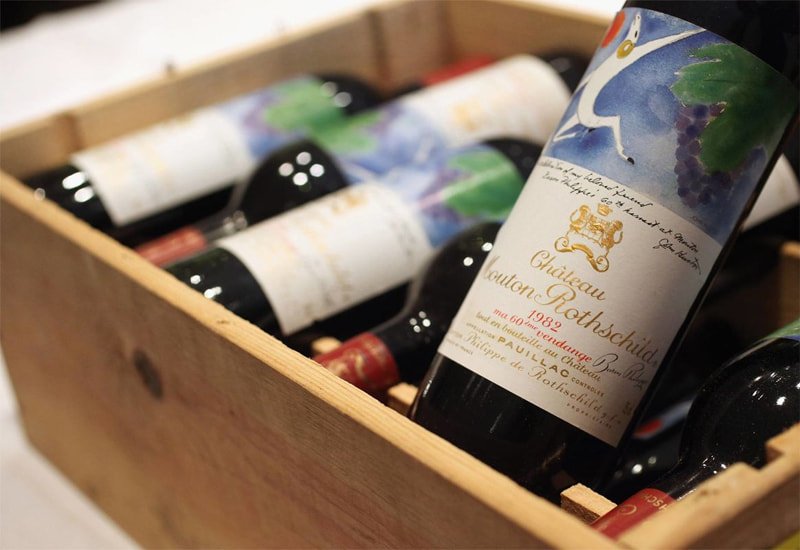
Wine investment requires time and patience. So, if you’re an aspiring wine investor, you shouldn’t expect the investment to multiply overnight.
Investment-worthy wines usually tend to mature about 10 years after bottling. Not to mention, some wines can age for larger periods of time, while appreciating in value and quality. So you should expect to wait a minimum of 5 years to see sufficient returns.
Alternatively, you can look into En premier wines from Bordeaux.
7. Fine Wine Investment Is For Older People
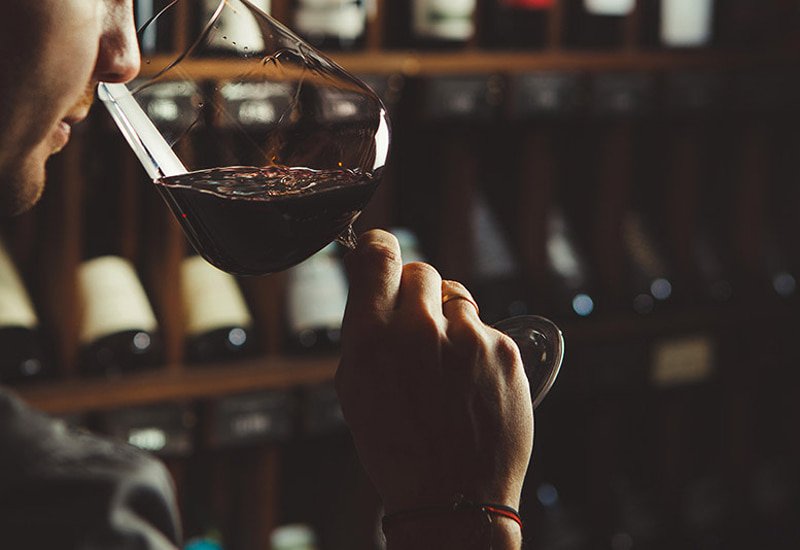
Fine wine used to be perceived as the best investment option for older people, but that’s not the case anymore. With modern advancements in technology, fine wine investing is accessible to all - whether you’re an old or young wine investor.
In fact, Sotheby’s (a renowned auction house) reported that about 29% of their new wine bidders are below 40 years old! Additionally, the auction house has gained over 46% of first-time online bidders that are in their 20s and 30s.
8. Wine Investment Is a Complicated Process
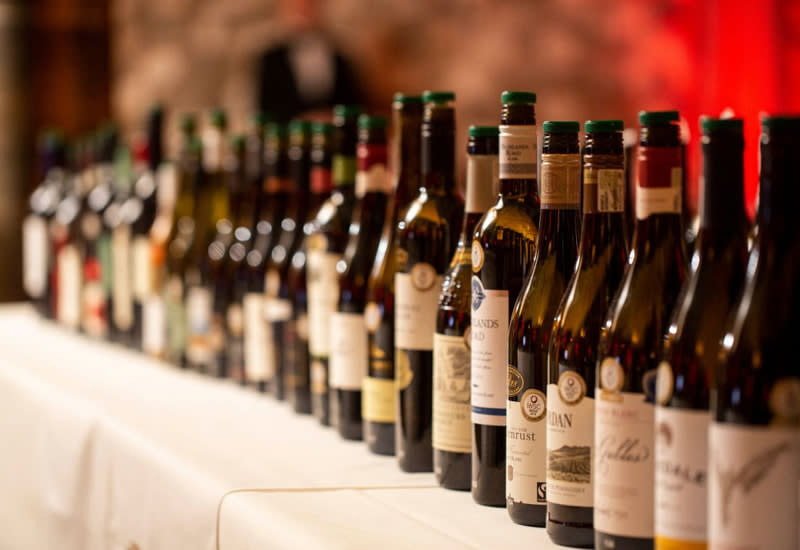
Wine investment can seem like a tiring and complicated process. For example, there are hundreds of wine labels made from different types of grapes, being released from wine regions around the world.
However, the best wine investment platforms guide you throughout the fine wine investment process. Additionally, there’s tons of easily accessible information on the internet and social media that’s been published in recent years.
Now, how do you invest in fine wines that receive high scores from critics like Robert Parker?
What’s The Easiest Way to Invest in Fine Wines?
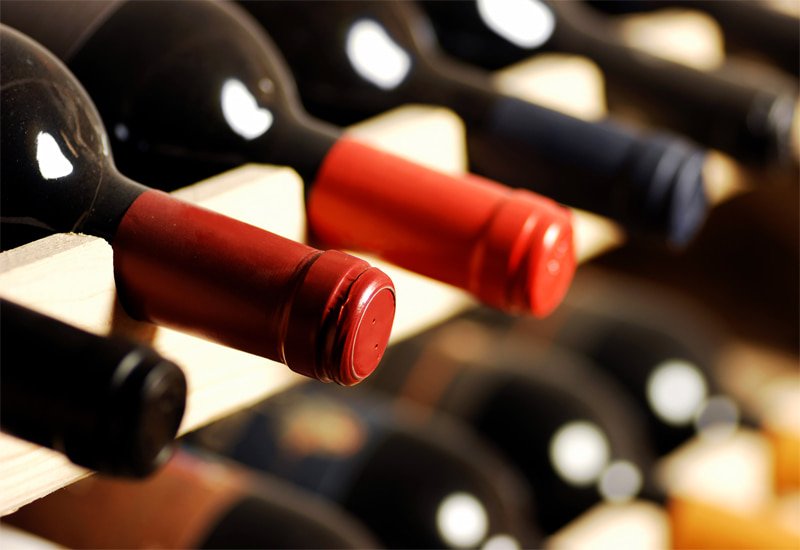
If you want to start exploring alternative investments like fine wine, reach out to Vinovest! It’s an incredible wine investment platform that helps investors buy, store, and sell famous wine labels, Pinot Noir wine, Cabernet Sauvignon, sparkling wine, red wine, and Old World wines.
The platform also helps you invest in cult wines, a rare wine bottle, and older wines from New York, North Carolina, and all over the world.
All you have to do is sign-up, provide your personal information (like full names and email addresses), fill out a quick questionnaire, fund your account with a minimum of $1,000, and you’re good to go!
Buy Exquisite, Investment-Grade Wines Through Vinovest!
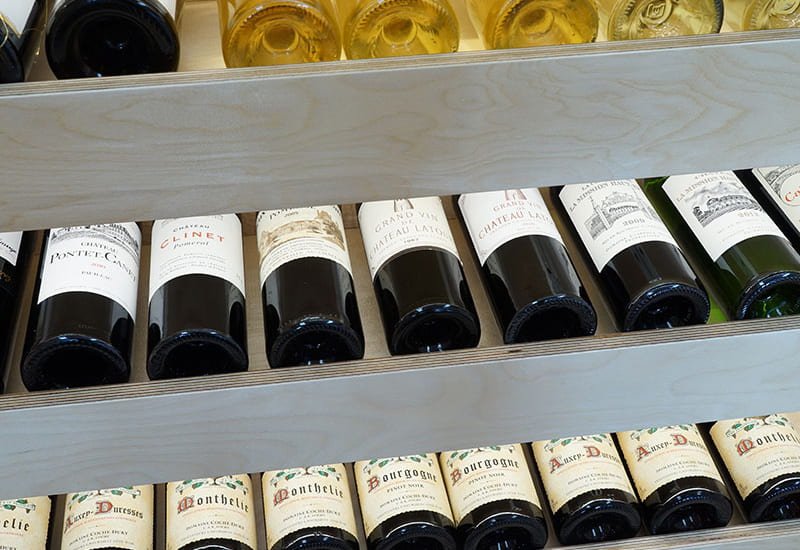
Building a diversified and sustainable investment portfolio can be quite rewarding. So, just avoid all these wine myths and start investing in a beautiful bottle of red, white, or sparkling wine.
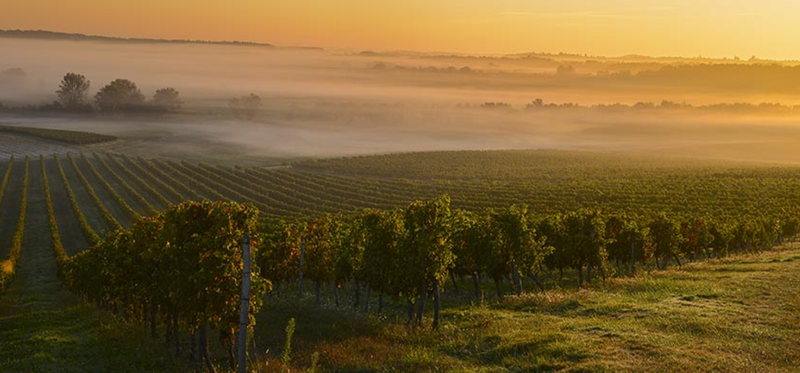
Visit the Vinovest website to start exploring investment grade wine bottles that are in high demand - including the finest Pinot Noir, Cabernet Sauvignon, and Bordeaux wine. Vinovest lets you invest in red and white wine bottles from famous wine regions like the Napa Valley.
So, whether you’re a wine drinker or wine collector from New York, North Carolina, or anywhere in the world, you can always rely on Vinovest to buy, store, and sell the world’s rare wine bottles and cult wines!
